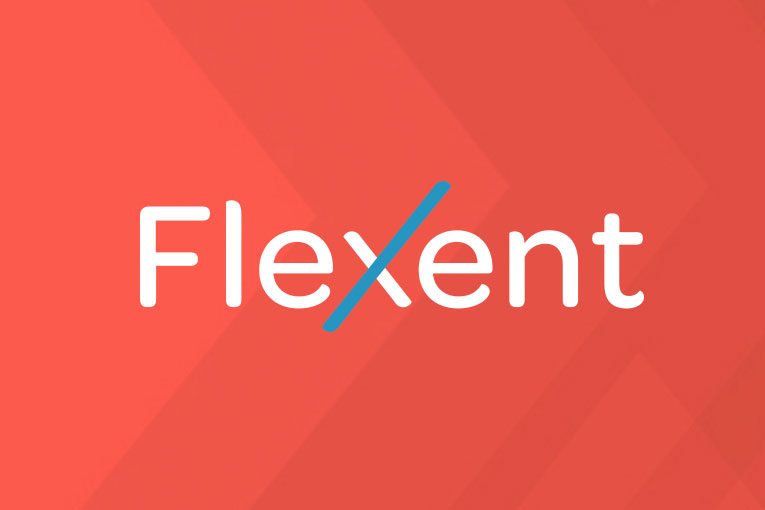- Home
- It's All About Community
- Chesapeake Bank Blog
- Flexent 101: Cash flow management for business owners
Effective cash flow management is essential to maintain and grow your business — big or small.
As Managing Director at Chesapeake Bank’s Flexent division, Kevin Wood understands the complexities associated with managing a business’ cash flow. To help break down the basics and share best practices for cash flow management, Kevin answers a few cash flow FAQs.
What is cash flow management?
Cash flow management simply means managing your cash so that you have enough cash in your account to pay your expenses as they come due. Some companies are very profitable in their financial statements but never have enough cash on hand to cover weekly payroll.
Profits are often determined by what jobs you have completed and how much you have billed your customers, not how much they have paid you. Your accounts receivables balance may look great on your balance sheet, but it doesn’t help with your actual checking account balance.
Why is managing cash flow important?
Managing cash, or cash flow is important because if you do not pay your expenses when they come due, it can create poor relationships with vendors and suppliers, poor employee morale and possibly late fees or tax penalties. In extreme circumstances, cash flow issues can cause a profitable company to go out of business.
What are some key cash flow management terms?
- Net Profit – sales minus expenses
- Accounts Receivable – money owed for services performed
- Accrual Accounting – a type of accounting that includes money owed to you and money you owe to others as part of the balance sheet
- Cash Accounting – a type of accounting that includes only cash received by you and cash paid out by you for expenses as part of the balance sheet
Understanding these terms and how they apply to your business can help you better manage cash flow.
What are some best practices for managing cash flow?
One of the best ways to manage cash flow is for the owner to spend 15-30 minutes each day reviewing what and who was billed that day and making calls to collect payment. This will alert the owner to potential problems so he/she can be proactive, rather than reactive.
If you know you’re not going to be paid on time for a job, reach out to vendors, explain the circumstance and provide a projected payment date prior to the due date. Most companies appreciate the information in advance and are willing to work with a partner who is on top of their business.
Also, If a company is growing quickly or working with mostly slower paying clients, they will often need to find an outside funding source to help them cover the swings in cash flow, even if they are monitoring their cash daily. Lines of credit, asset-based lending and factoring are some of the options available. Each has different credit qualifications, usage requirements, and structures.
Tell me about Flexent at Chesapeake Bank and is it right for my business?
Flexent by Chesapeake Bank is a program that purchases or lends against a business’ account receivables (invoices) and inventory. The Flexent program provides immediate cash (usually same day) to enable a business to run more efficiently. Growing companies, companies that work with slower paying companies, those that need to shorten cash conversion cycles or have challenged balance sheets are the best fit to use Flexent.
To learn more about how Kevin and his team can help find a solution best suited for your business’ financing needs, contact Flexent.
-
Categories
Posts by Topic
- Business (98)
- It's All About Community (73)
- Personal Finance (70)
- CFS News (49)
- Employees (46)
- Northern Neck (37)
- Middle Peninsula (34)
- Chesapeake Payment Systems (27)
- Richmond (26)
- Williamsburg (20)
- Fraud & Security (17)
- Home Buying (12)
- Chesapeake Wealth Management (11)
- Flexent (11)
- Customer Testimonials (7)
- COVID-19 (6)
- Chesterfield (5)



